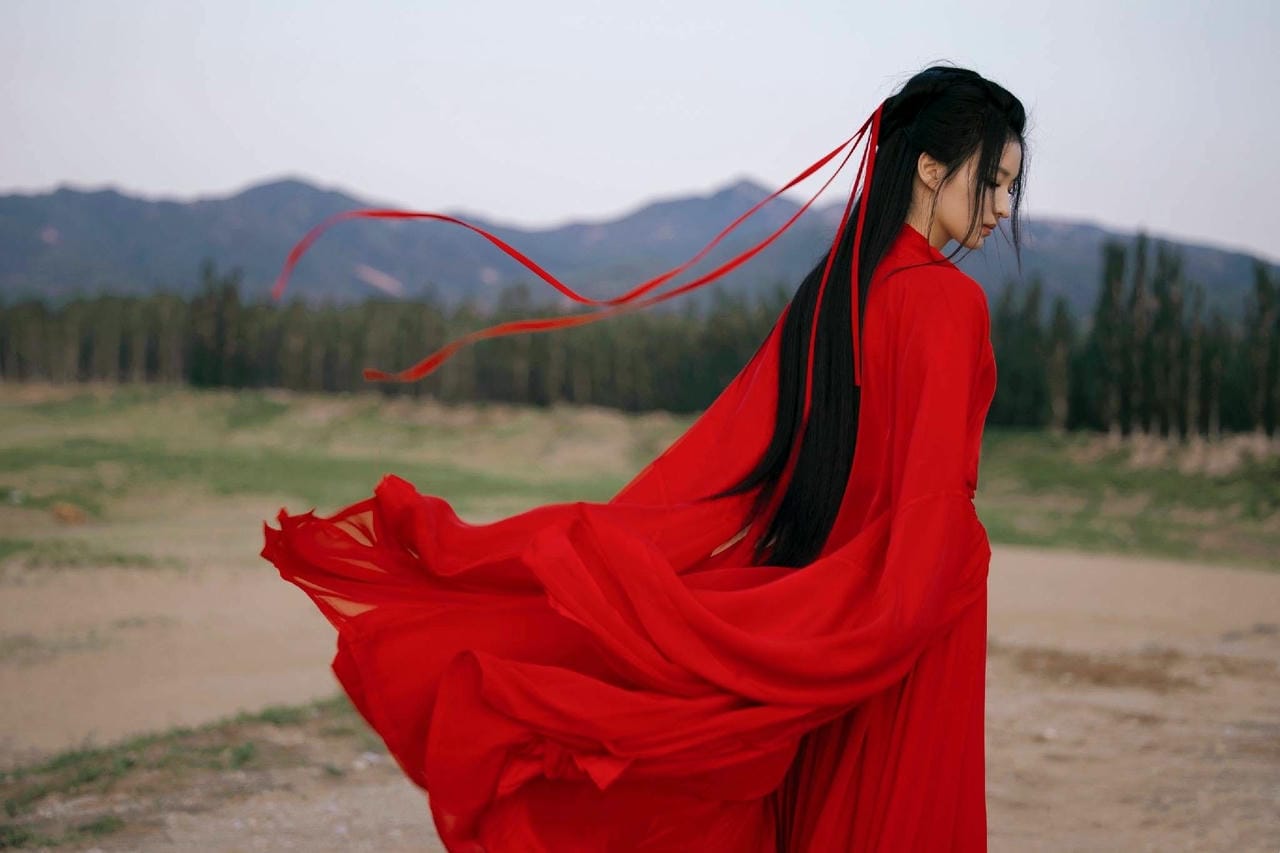Discover the Charm of Red Hanfu in Traditional Chinese Clothing

The Rich History of Traditional Chinese Clothing
Traditional Chinese clothing, a fascinating tapestry of cultural evolution, reflects the story of China's history and its diverse ethnic groups. Among the various styles, the red hanfu stands out due to its deep-rooted significance. The origins of hanfu date back to the Han Dynasty (206 BC – 220 AD), where it became the standard attire for nobles and scholars. This flowing garment is characterized by its wide sleeves and cross-collar design. The historical context of the hanfu unveils a plethora of meanings—it not only signifies one's social status but also represents Confucian ideals influencing Chinese culture for centuries. As dynasties rose and fell, the hanfu underwent transformations, adapting to the changing values, but its essence remained intact.
The Evolution of Hanfu Through the Ages
Several dynasties left their marks on the hanfu, reshaping its design and influence. During the Tang Dynasty (618-907 AD), the red hanfu became emblematic of elegance and luxury. It was during this period that the garment gained flamboyant colors and elaborate embroidery, often adorned with symbolic motifs representing prosperity and auspiciousness. The Ming and Qing Dynasties further enriched the clothing styles, offering a wide array of variations that catered to different societal classes. Each dynasty added unique elements, reinforcing the hanfu's role as a reflection of the wearer's social status and aesthetic preferences.
- Tang Dynasty: Known for vibrant colors and bold patterns.
- Ming Dynasty: Introduced structured designs emphasizing symmetry.
- Qing Dynasty: Featured more practical designs using silk and other luxurious fabrics.
The red hanfu, in particular, emerged as not just a style but a symbol of festive celebrations such as weddings and Lunar New Year festivities, further entwining its significance with joy and good fortune in Chinese culture.
The Cultural Significance of Color in Clothing
In the Chinese cultural context, colors impart specific meanings, and red is revered for its association with happiness, success, and good luck. The preference for the red hanfu during auspicious occasions underscores its potent symbolism. For instance, during weddings, brides don the red hanfu to invite joy and prosperity into their marriage. Additionally, red is often worn during the Lunar New Year as a way to ward off negativity and attract favorable energies, making this garment a popular choice across different regions in China. The vibrant red fabric, often embellished with exquisite gold or silver embroidery, turns the wearer into a radiant figure amidst celebrations.
Modern Revival of Hanfu Culture
In recent years, there has been a resurgence of interest in traditional clothing among the younger generations. The revival of the red hanfu and other hanfu garments has stemmed from a growing appreciation for cultural heritage. This movement often takes place during festivals, fashion shows, and historical reenactments, highlighting the need for one’s cultural identity in a fast-changing world. Enthusiasts curate hanfu events, encouraging people to wear traditional clothing, and reigniting interest in ancient customs. The blend of tradition with contemporary aesthetics reflects a deep respect for history while making it accessible to future generations.
Conclusion toward a Glorious Future
The vibrant history of hanfu, especially the enduring appeal of the red hanfu, showcases the intricate connection between clothing and cultural identity in China. By wearing these garments, individuals engage with their heritage, embracing the stories entwined within the fabric. As we look to the future, the narrative of the red hanfu and all traditional clothing will undoubtedly continue, bridging the past with modern expressions of culture. For anyone interested in diving deeper into the world of traditional attire, exploring the range of options available at https://charmdynasty.com/collections/the-red-hanfu-dress reveals the rich palette of history and significance woven into each piece.
